Neuroscience
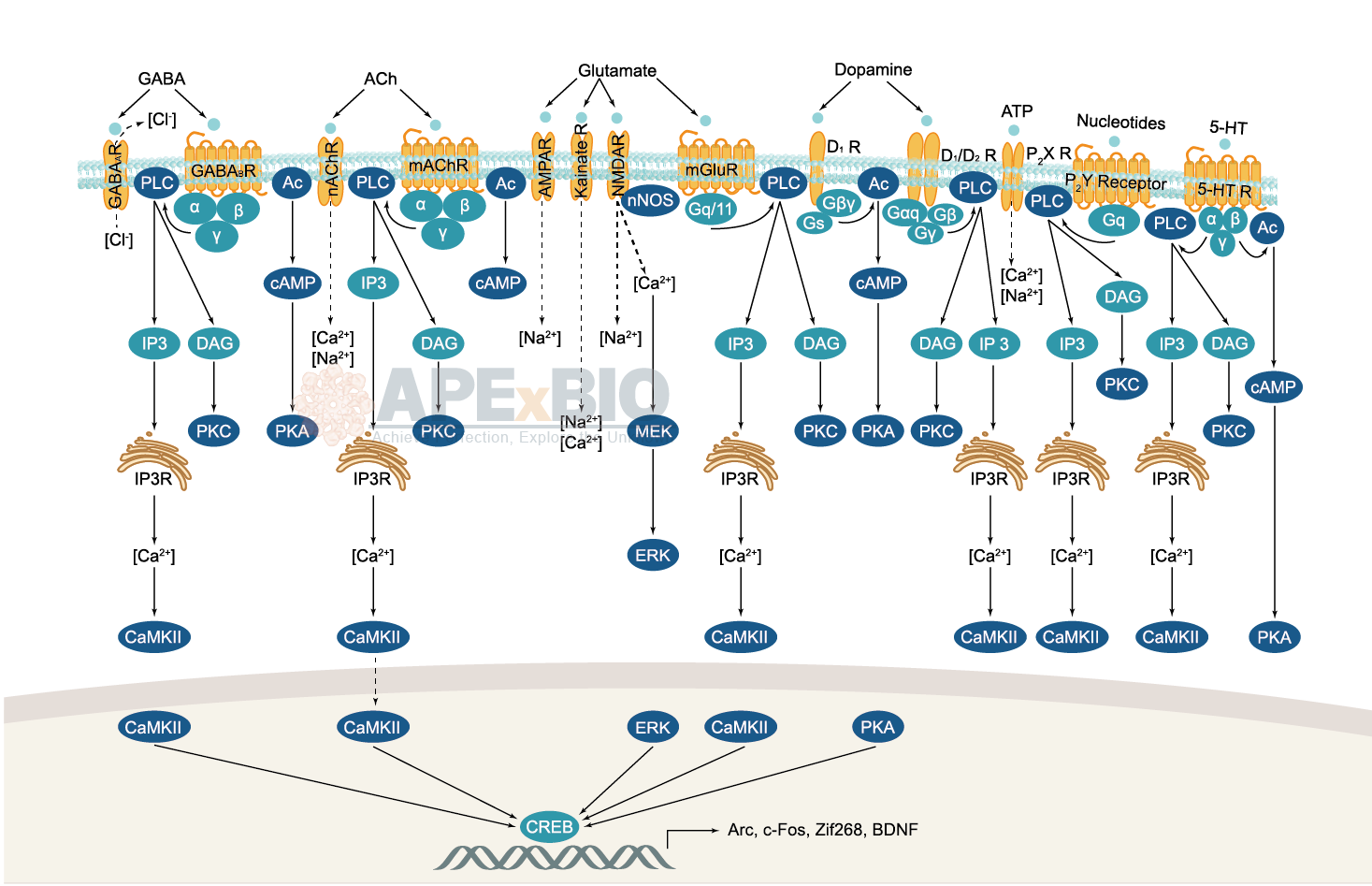
Neurotransmitter receptors function via various G-protein coupled and G-protein independent mechanisms that activate downstream intracellular signaling pathways such as cAMP/PKA, PI3K/AKT, phospholipase A2, and phospholipase C pathways. For instance, dopamine receptors act through adenylate cyclase to activate PKA and other signaling molecules, thereby mediate gene expression through the actions of CREB and other transcription factors. Other neurotransmitters such as NMDAR or AMPAR are associated with ion channels that control flux of Ca2+ and Na+, thus propagating the action potential across the post-synaptic neuron.
Dysfunctions in GABAergic/glutamatergic/serotonergic/dopaminergic pathways result in a broad range of neurological disorders such as chronic pain, neurodegenerative diseases, and insomnia, as well as mental disorders including schizophrenia, bipolar disorder, depression, and addiction.
-
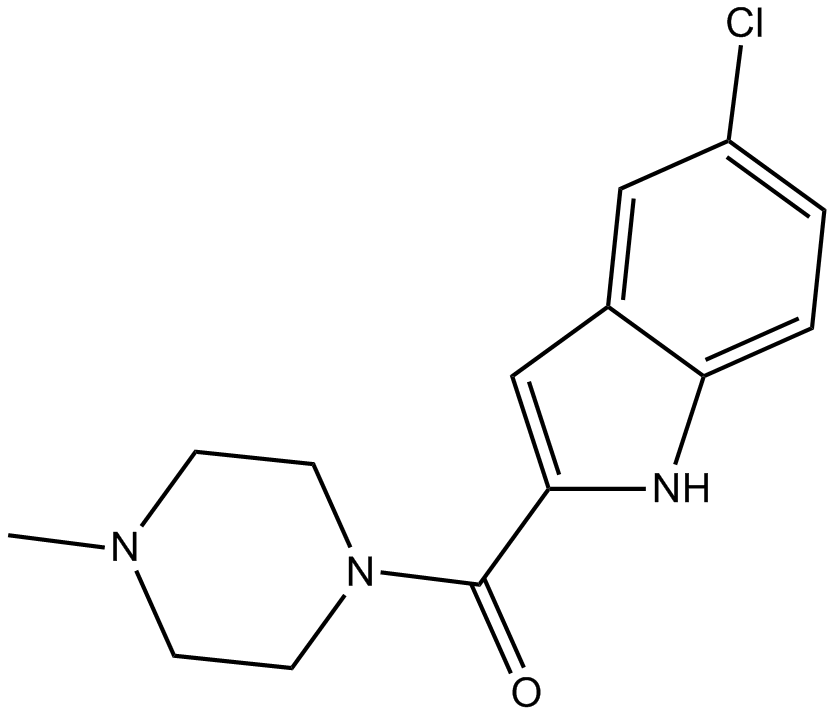 B1574 JNJ-7777120Target: Histamine H4 ReceptorsSummary: Histamine H4 receptor antagonist
B1574 JNJ-7777120Target: Histamine H4 ReceptorsSummary: Histamine H4 receptor antagonist -
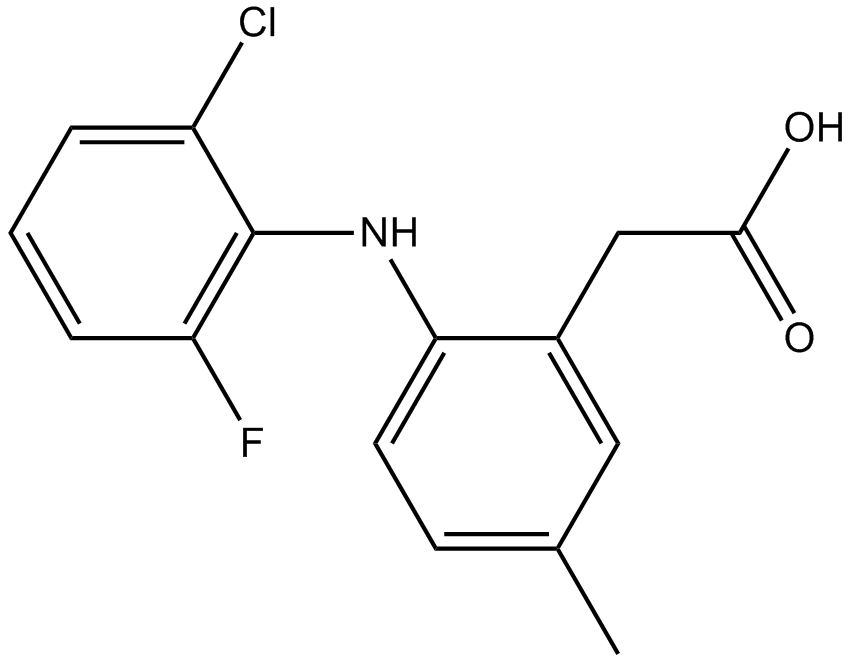 B1458 LumiracoxibTarget: COXSummary: Novel, selective COX-2 inhibitor
B1458 LumiracoxibTarget: COXSummary: Novel, selective COX-2 inhibitor -
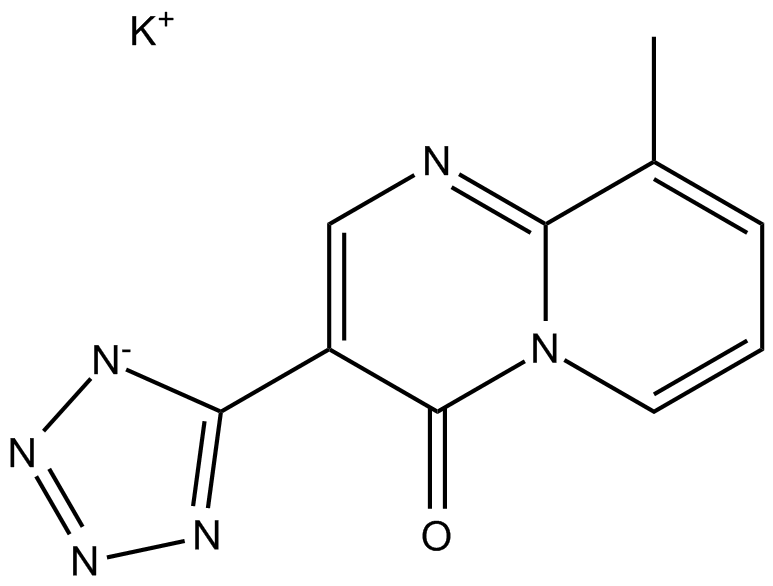 B1563 Pemirolast potassiumTarget: Histamine H1 ReceptorsSummary: Histamine H1 receptor antagonist
B1563 Pemirolast potassiumTarget: Histamine H1 ReceptorsSummary: Histamine H1 receptor antagonist -
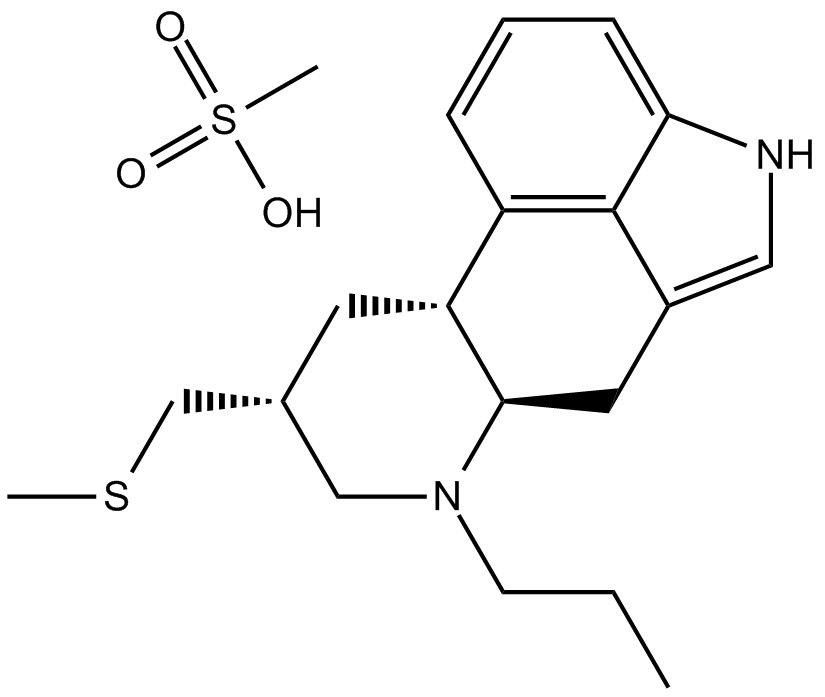 B1485 Pergolide mesylateTarget: D1 and D5 Receptors|D2 ReceptorsSummary: Dopaminergic agonist
B1485 Pergolide mesylateTarget: D1 and D5 Receptors|D2 ReceptorsSummary: Dopaminergic agonist -
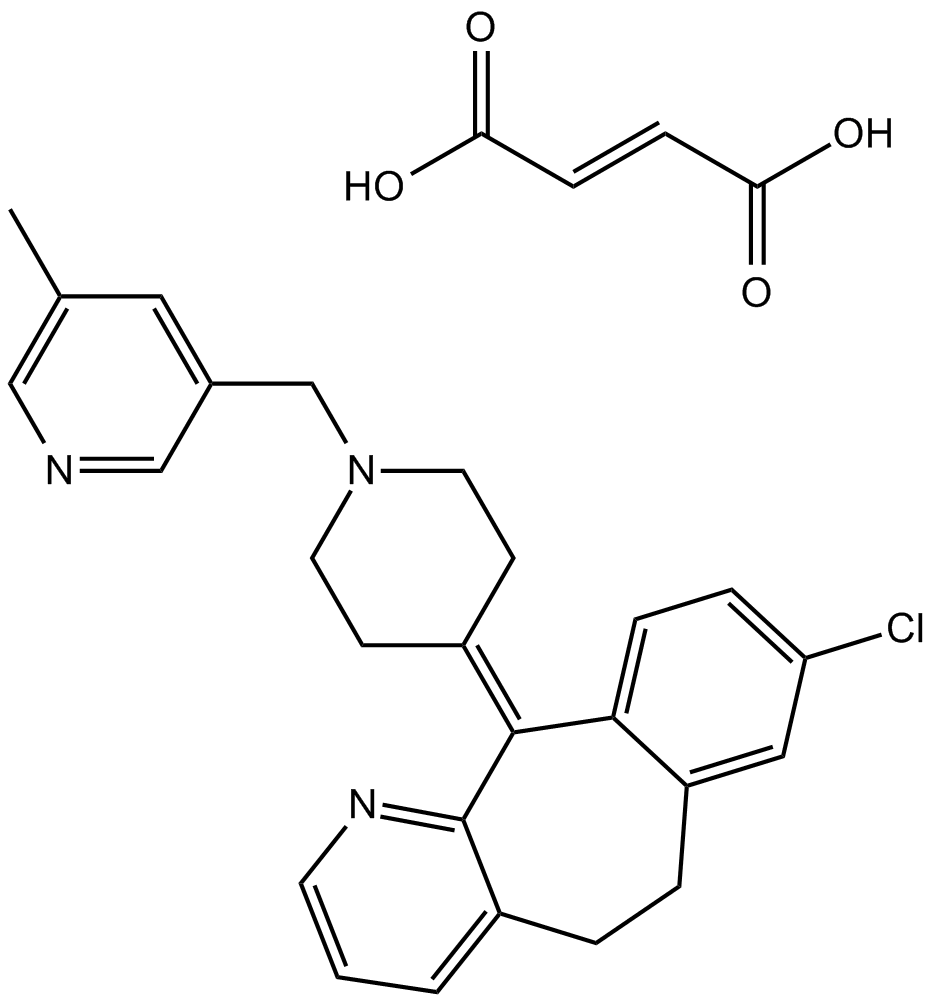 B1566 Rupatadine Fumarate1 CitationTarget: Histamine H1 Receptors|PAFRSummary: Inhibitor of PAF and histamine (H1) receptor
B1566 Rupatadine Fumarate1 CitationTarget: Histamine H1 Receptors|PAFRSummary: Inhibitor of PAF and histamine (H1) receptor -
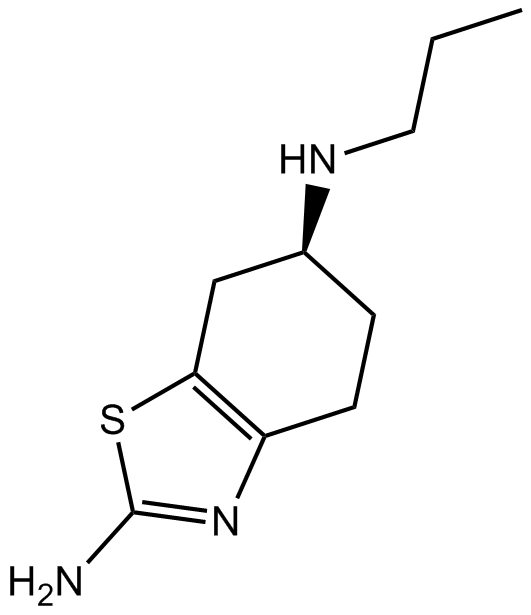 B1488 PramipexoleTarget: D2 Receptors|D3 Receptors|D4 ReceptorsSummary: Dopamine agonist
B1488 PramipexoleTarget: D2 Receptors|D3 Receptors|D4 ReceptorsSummary: Dopamine agonist -
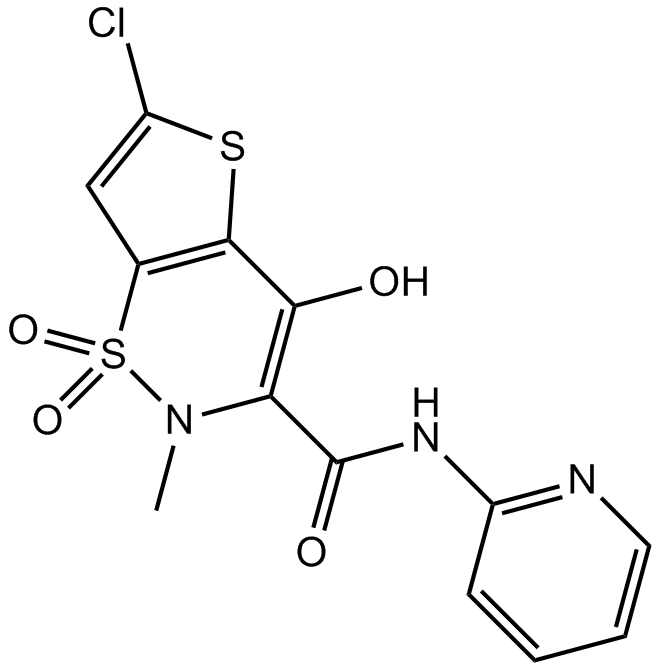 B1441 LornoxicamTarget: COXSummary: COX-1/COX-2 inhibitor
B1441 LornoxicamTarget: COXSummary: COX-1/COX-2 inhibitor -
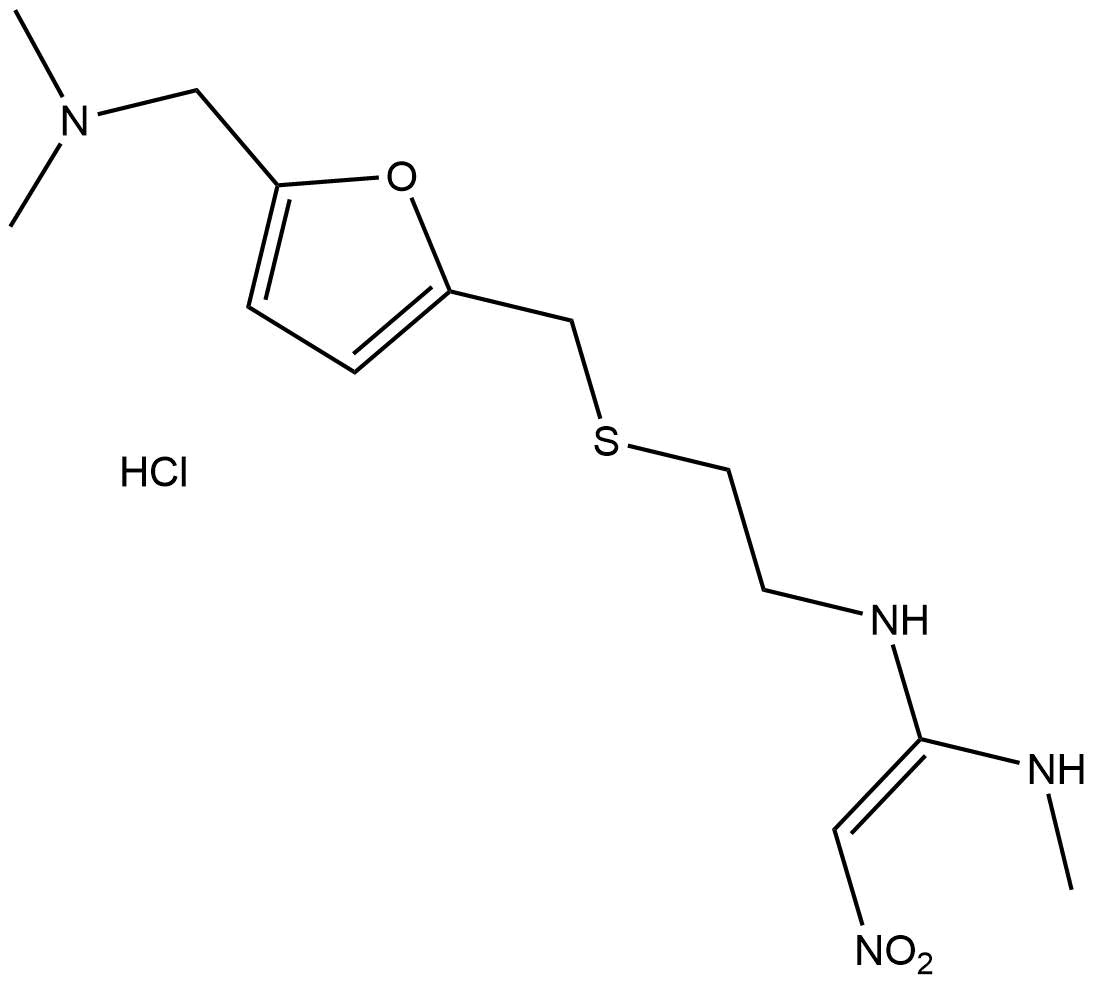 B1564 RanitidineTarget: Histamine H2 ReceptorsSummary: Histamine H2-receptor antagonist
B1564 RanitidineTarget: Histamine H2 ReceptorsSummary: Histamine H2-receptor antagonist -
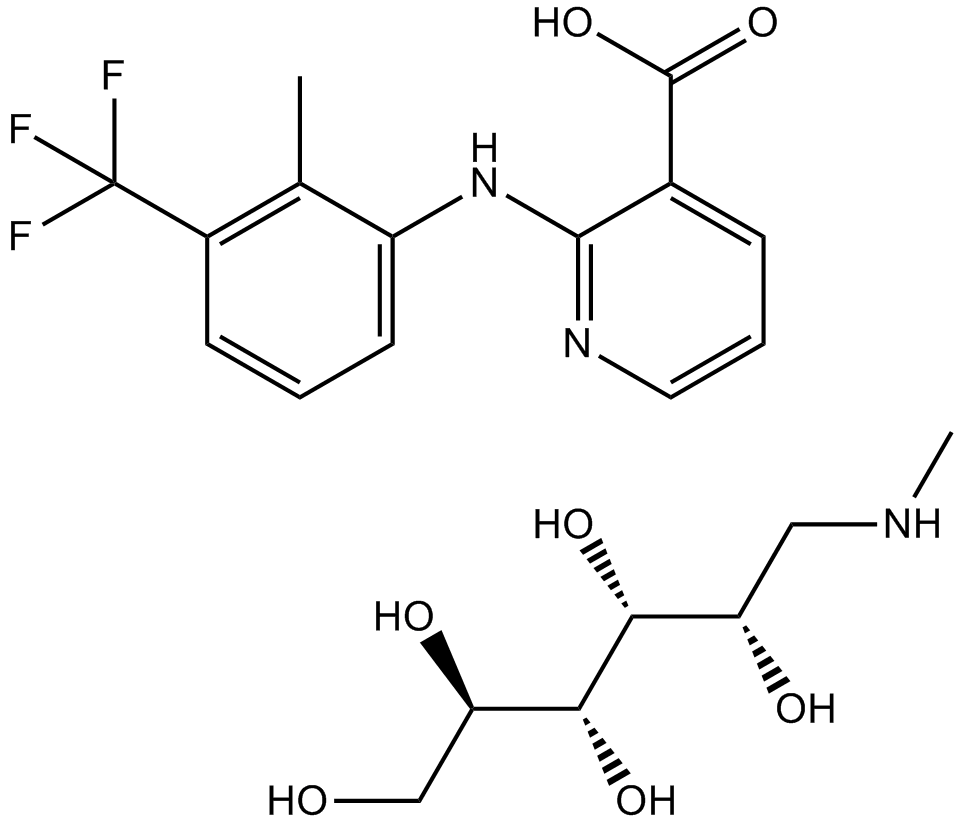 B1445 Flunixin MegluminTarget: COXSummary: potent cyclooxygenase inhibitor
B1445 Flunixin MegluminTarget: COXSummary: potent cyclooxygenase inhibitor -
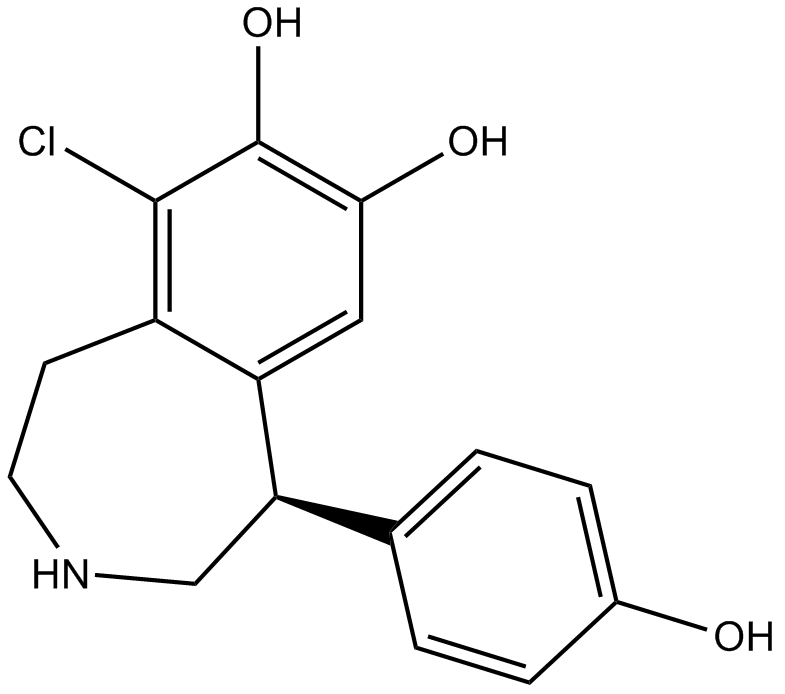 B1483 FenoldopamTarget: D1 and D5 ReceptorsSummary: D1-like dopamine receptor partial agonist
B1483 FenoldopamTarget: D1 and D5 ReceptorsSummary: D1-like dopamine receptor partial agonist

